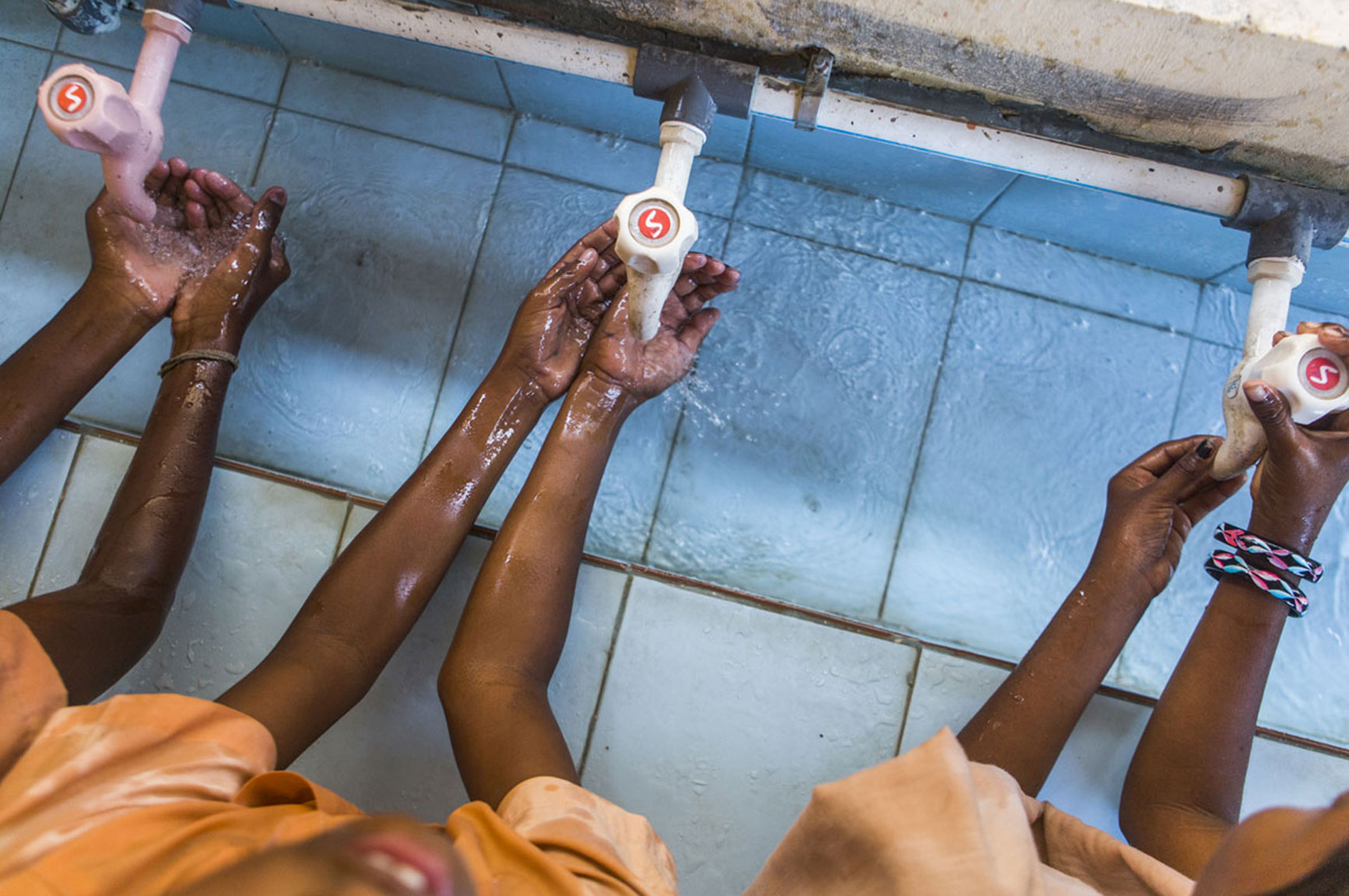India is home to 47% of world population practicing open defecation (OD). This fares poorer compared to other similar or even lower income countries, like Bangladesh. By one estimate, some 22 million HHs in urban and some 80 million HHs in rural need toilets. The OD rates in India vary across states and also between urban and rural in a state. States like Chhatisgarh, Odisha, Jharkhand, Bihar, MP, Rajasthan, Tamilnadu and UP has higher urban OD rates.
Swacch Bharat Mission is ambitious project from new Indian Govt. aiming to ending OD by 2019, and will require massive change efforts from all segments. The mission will cover all rural and urban areas. The urban component of the mission is implemented by the Ministry of Urban Development, and the rural component by the Ministry of Drinking Water and Sanitation.
- In urban, 5 lac community toilets, 2.6 lac public toilets, and solid waste management for all 4401 towns are planned, with total budget of INR 62K crores (with Centre making some 24% contribution)
- In rural, 11 crore 11 lac toiletsare targeted, with total budget of INR 134K crores (with Centre making 75% contribution)
While it’s a good step, we need to draw lessons from earlier similar attempts to better plan and target available resources for improved chance of meeting objectives and numbers. Some key challenges that both urban and rural sanitation as whole continue to face are:
- Lack of Water to toilets
- Lack of regular cleaning, and hygiene O&M
- Lack of sustainable business model for O&M
- Poor quality of construction
- Wrong type selection of toilet design to individual/ community needs
- Missing integration with municipal sewer and related cost effective sewage treatment
So problem is no more just infra and/or financial (related to ‘Access’ part of sanitation), but also social and behavioural (related to ‘Adoption’ and ‘Maintenance’).Some measurements done for previous massive schemes like Nirmal Bharat Abhiyan (NBA) and Nirmal Gram Puraskar (NGP)targeting rural sanitations, suggest that as high as 40% of the new constructed toilets remain unused.
In light of limited Government funds, there is need for developing good programmatic and innovative financing mechanisms to further mobilise and leverage individual, corporate and institutional resources. An independent and regular customer seen service level benchmarking of sanitation facilities will ensure that any remaining gaps get surface out timely for resolution*.
Focus should move on ‘delivery’ and ‘use’ rather only ‘construction’.
*pManifold together with World Bank WSP Team in India executed Customer seen Services Level Benchmarking (SLB) for PimpriChinchwad Municipal Corporation (PCMC), which covered drinking water and sanitation. The SLB-Connect methodology is readily available for other ULBs to replicate.


